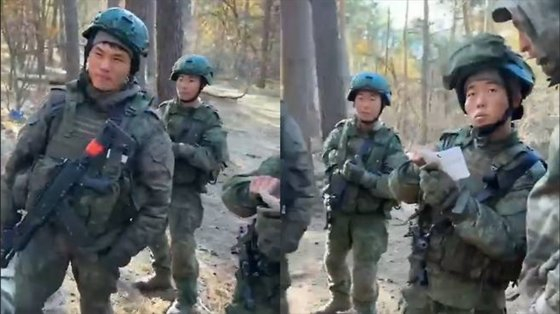North Korea triples its military deployment for Russia’s war—Forbes says it exposes Moscow’s weakness

Forbes says North Korea’s growing role in Russia’s war exposes Moscow’s military weakness. Pyongyang is preparing to send 25,000–30,000 more troops to support Russia’s invasion of Ukraine. This would triple its original deployment of 11,000 soldiers, first sent last November to fight against Ukrainian forces in Russia’s Kursk Oblast. The expansion signals Russia’s increasing reliance on foreign forces to sustain its war.
North Korea troops for Russia fill growing gaps on the front
Ukrainian President Volodymyr Zelenskyy warned in June that Russia is amassing 50,000 troops near Ukraine’s northeast. He suggested North Korean units might be used in occupied territories for a new offensive. North Korea could send up to 150,000 troops, Forbes says. Russia reportedly modifies aircraft to move large numbers across Siberia.
North Korean state media showed footage of its troops fighting for Russia and confirmed thousands had died. Within months, nearly 4,000 North Korean troops were lost. Pyongyang pulled forces from the front in January 2025. Despite that, 3,000 more troops were deployed in March.
Forbes says this shift marks a deeper military alliance. The relationship now appears strategic, not just transactional.
Putin avoids mobilization with foreign soldiers
In 2024, Russia lost more than 790,000 troops—nearly double Ukraine’s casualties. That year, daily losses exceeded 1,000 soldiers. Russia also lost 15 battalions defending Kursk Oblast. For every square kilometer gained, about 100 Russian troops died, Forbes says.
According to Forbes, Putin has avoided launching another draft due to political risk, and this forced him to rely on non-Russian fighters. Earlier efforts to recruit from Cuba, Nepal, and Africa were small. North Korea became Moscow’s main external source of troops.
Weapons shipments patch Russia’s failing firepower
North Korea also provides Russia critical artillery pieces and shells, and missile systems. Forbes notes Pyongyang sent over 15,000 containers since September 2023. Ukraine believes this supply accounts for 70% of Russian artillery use. Shipments include 9 million shells, hundreds of launchers, and KN-23 ballistic missiles.
Early missile batches were inaccurate. They only improved after joint work between Russian and North Korean experts. Still, North Korea cannot match Western production scale or speed.
“Thus, North Korea’s weapons support may not be sustainable in the long term; it is mostly a stopgap measure to help Russia regroup,” Forbes says.
